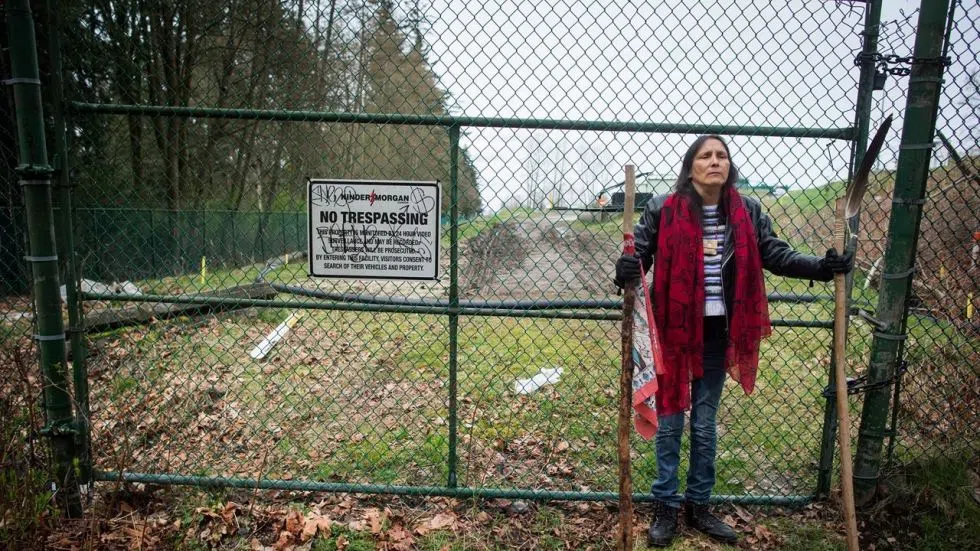
Proper consultation with Indigenous communities the right thing to do
THE PAST SIX YEARS have brought quite a roller coaster ride for the Trans Mountain pipeline.
The original pipe was completed in 1953, but it was only 2012 when Kinder Morgan said it wanted to expand the pipeline.
The multi-billion dollar expansion project has looked to be on its death bed a number of times, only to be revived.


